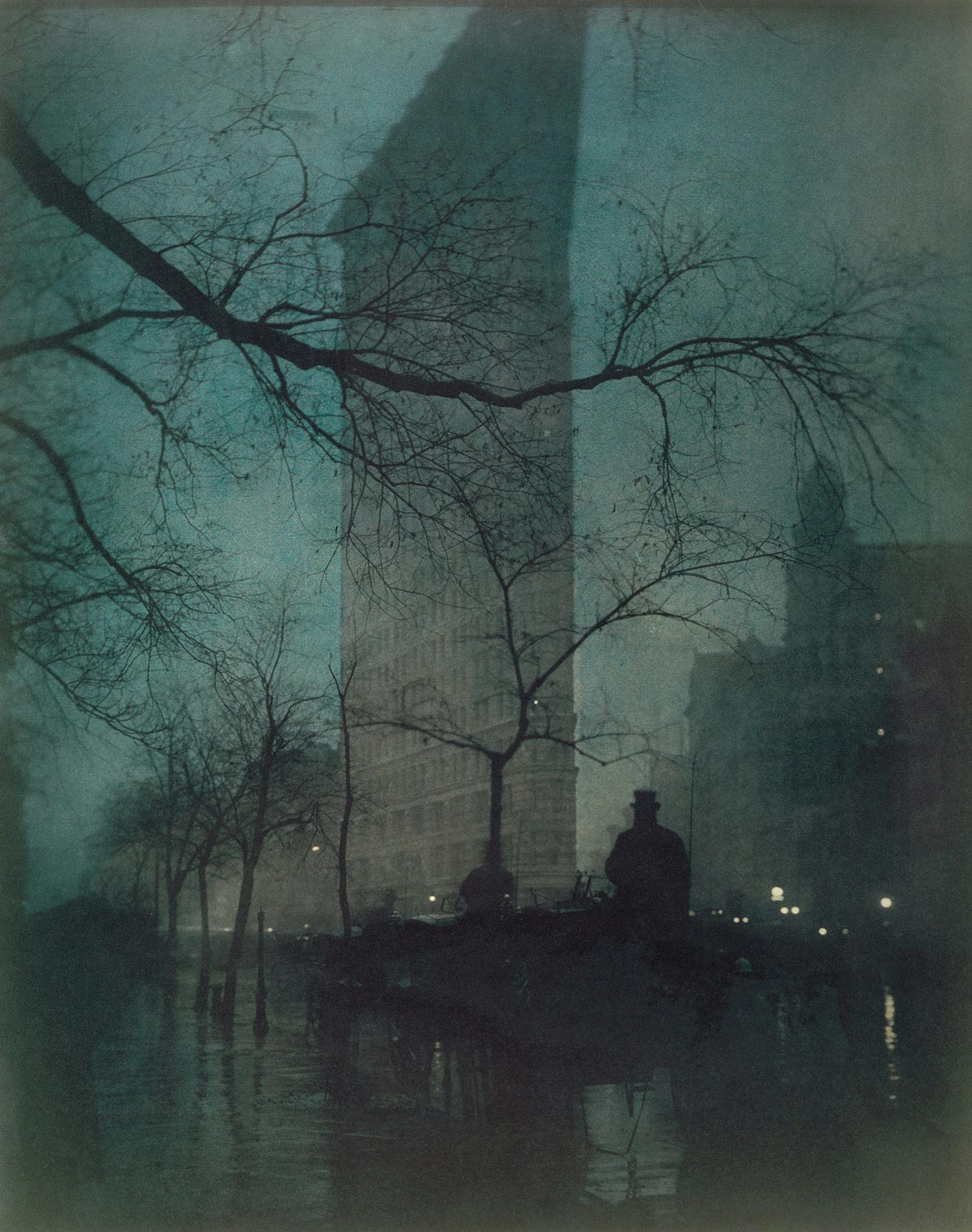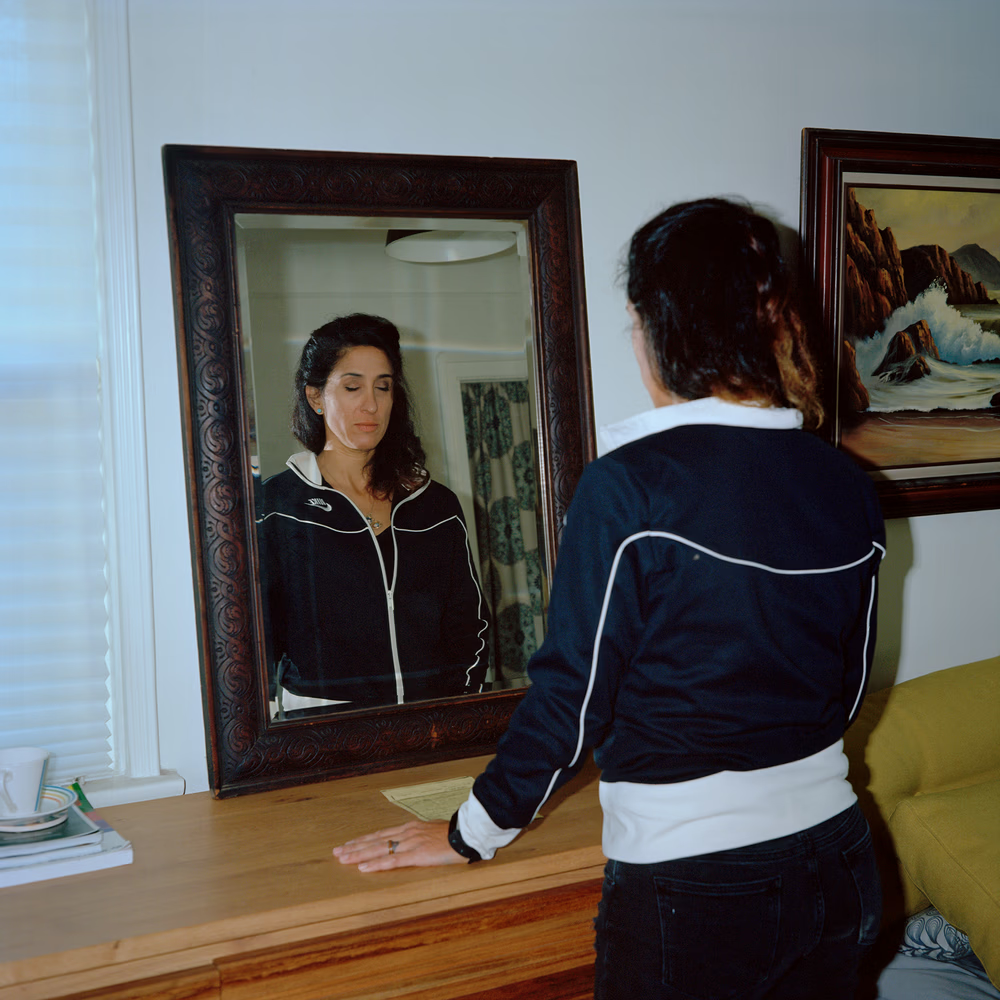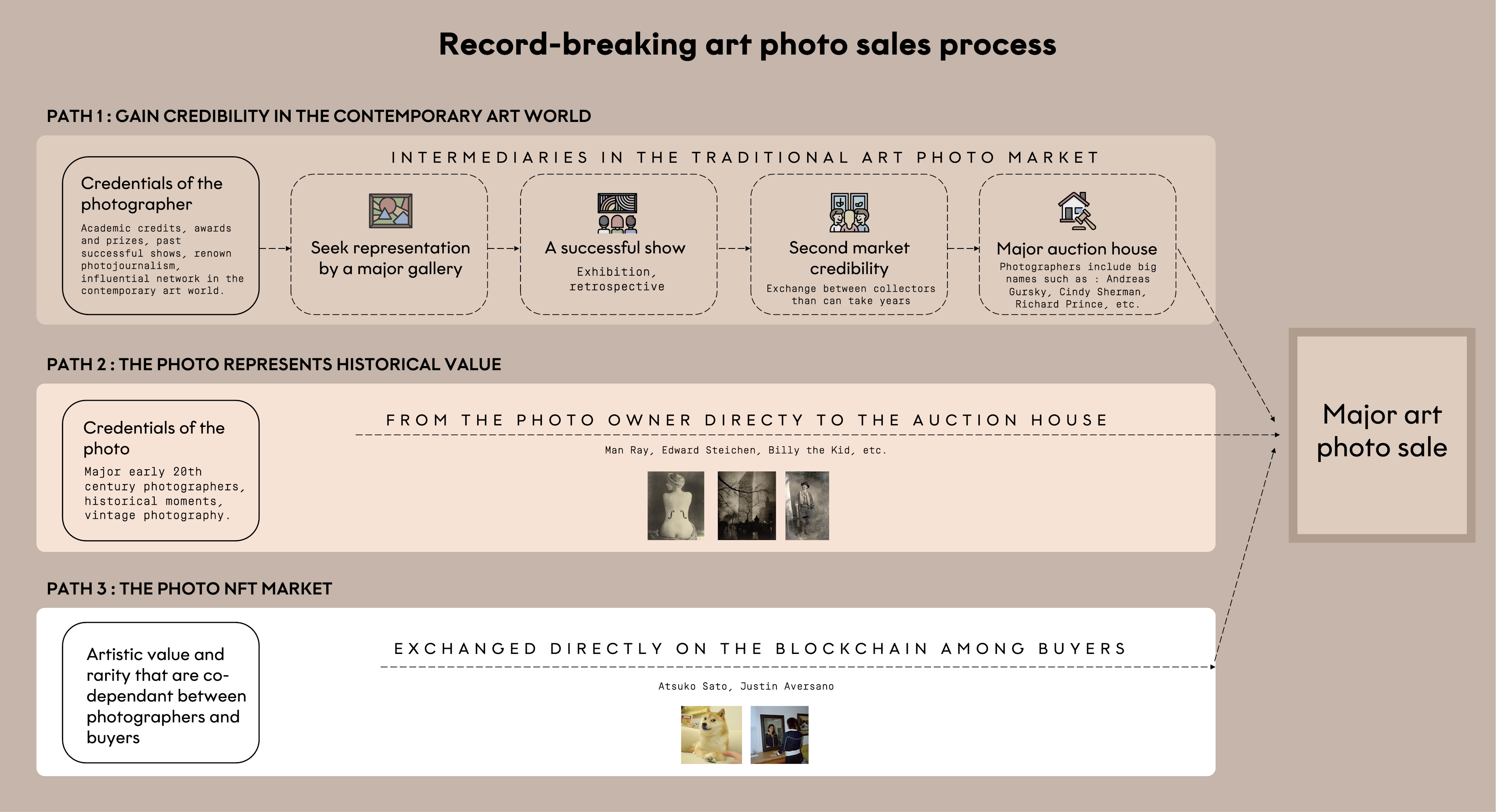Photography has entered its new commercial era and we’re just in the early days… NFT technology and decentralisation have shown promising numbers and optimistic trends bringing a fresh air in the art photography world.
Art photography prices have always been regulated and capped by galleries and art dealers, failing to ever getting close to contemporary art prices.
Out of the 30 most expensive historic sales in art photography, 28 have been sold in major auction houses at mainly market leaders Christie’s and Sotheby’s between 2006 and 2022. The 2 most expensive remaining photos from Atsuko Sato and Justin Aversano respectively ranked 4th (USD4 millions) and 8th (USD 3,7 millions) come from the NFT market and we’re excited to explain our long-term vision about this new opportunity in the art photography market.
First, let’s understand together how the high-end art photography market has been operating in the past 20 years.
Over the last 2 decades we’ve been observing 2 paths that lead to record-breaking art photo sales :
The main path is to go through the contemporary art market.
Famous examples include photos from Andreas Gursky, Cindy Sherman and Richard Prince.
The first observed logic leading to photo sales at major auction houses has been following the same systemic structure : to be part and gain credibility in the contemporary art world.
In order to get artistic credibility a photographer must belong to the privileged contemporary art world, and its work considered as art pieces with all the prerequisites that come with it.
In the traditional art photography market, the common path for a photo to arrive at major auction sales is lengthy and often involves the following steps :
-
Step 1: Seek representation by a major gallery : this step can be the most lengthy where most of the photographers fail to succeed. To be onboarded by a major gallery, several obstacles come into place such as the personal credentials of the photographer : academic credits, awards and prizes, past successful solo and group shows, renown photojournalism, or more simply an extensive and influential network in the contemporary art world.
-
Step 2: A successful exhibition : this step is not fully dependent on the photographer but rather on the gallery’s will to make a name of the artists.
-
Step 3: Second market credibility : after being sold in exhibition or auction houses, the photo art pieces are exchanged in a circle of private art contemporary collectors, until one collector decides the momentum is right to propose the art piece at an auction house.
-
Step 4: Major auction house sale : this step is not dependent at all on the photographer but only on the auction house itself and the collector who now owns the art piece. The artwork must represent a potential substantial sale, otherwise it will not be given enough promotion and space to breakthrough before and during the auction.
The second path leading to a major auction house sale for a photo is to represent major historical value.
In that case the path is quite straightforward, from the photo owner to the auction house. Those iconic photos of the past are led by photographers of the early 20th century such as Man Ray and Edward Steichen.

We’ve been able to witness a recent promising change in the sales of art photography thanks to the NFT technology and decentralisation. In fact, a new market is being created in art photography, where supply now meets demand, intermediaries don’t set the prices, and both photographers and clients decide for their own price solely based on the audience appetite.
Promising numbers
-
The NFT photo market is expected to outgrow the traditional photo market. The size of the NFT photography market has reached $200 million in 2021, around the same size of the print photography market that same year.
-
Collectors are also willing to spend more on NFT photography : the average floor price for one NFT photography on OpenSea is almost £900, compared to £435 for collectibles and £360 for art.
-
Leader photography projects include Twin Flames, Quantum, Photocentra, Focus Market, Fellowship Trust, and Ephimer and they have set the bar very high.

The underlying opportunity resulting from the NFT technology itself
Exclusivity, ownership and authenticity
When a photo is being minted as an NFT, it automatically binds the photographers to their work, making this process transparent to their clients that the photo is verified as created by the photographer and made as a single copy that cannot be reproduced, thus ensuring authenticity.
Buyers can be reassured that the art photo they bought as NFT is exclusive to them, as they simply own the token proving it was created by a specific photographer with all its characteristics and features.
A few traditional art photography collectors are still arguing about the value of the “Print” version of photos labelling it as the real value of photo and opposing them to photo NFTs being abstract.
But in reality, what is in fact a photo print? It is merely a physical representation of the original photo file, being either a negative or a digital file.
On the opposite, a photo NFT encompasses the original negative or digital file and is also the source of its direct representation such as print and on-screen display. A photo collector buys the photo NFT which is the sole condition to prove ownership, authenticity and exclusivity and then decides upon which format to display it at home or at an exhibition.
The NFT technology is simply the extra layer that the photo market needed to prove ownership, guarantee exclusivity and authenticity.
NFT photographer selling direct-to-consumer, becoming their own “intermediary”.
As laid out throughout this article, intermediaries have been playing a big part in the sales of art photography, making it difficult for photographers to access their public and impossible to be part of the long-term revenue opportunity.
Thanks to the tech-enabling capacities NFTs encompass, photographers are able to operate without the approval of the contemporary art world, submitted to a chain of intermediaries that ultimately compromise the artist’s control over their own work. Now, photographers can ultimately decide for the work they produce, not being strongly advised by market makers (galleries, dealers, auction houses). They regain control over their work and also have direct access to their potential buyers.
In the traditional photography market, the final revenue generated by the photographer is made after the first sale, no matter the positive outcome and increase of the artist’s rating following successful sales. After the first sale, the revenue generated by the artwork benefit only its intermediaries who become ultimately the only beneficiaries towards the artist’s speculation and profit opportunity. Thanks to NFTs, photographers are part of the bigger picture regarding their own project. As their artwork increase in value they earn pre-set royalties for every sales made after the first sale.

The next obvious market leading trend: history-making and vintage photography sold as NFT ? further explained in our next article.
-
Historical and vintage photos have a very limited/controlled supply, guaranteeing exclusivity.
-
NFT technology ensures ownership and authenticity to the right owners.
-
Striking moments in history captured as capsule of times have potential to be invaluable. Some of those iconic photos are part of the popular culture being already in people’s minds.